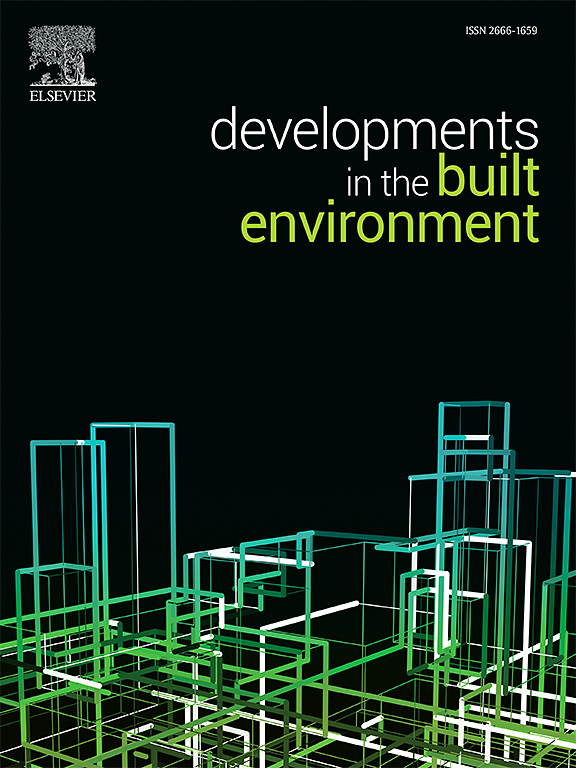基于原始数据的路面回收技术碳排放与能源需求对比分析
IF 8.2
2区 工程技术
Q1 CONSTRUCTION & BUILDING TECHNOLOGY
引用次数: 0
摘要
本研究旨在量化和概率评估热就地回收(HIPR)和热就地回收(HIR)技术相对于传统碾磨和填充(M&;F)在沥青路面回收的背景下的环境优势。该研究的主要数据集是在2024年中国地理背景下收集的路面回收各个阶段的生命周期清单(LCI)建模的基础。随后,进行了不确定性分析,以评估每个库存阶段的数据质量。以碳排放和能源需求为重点的环境影响对比分析表明,HIPR和HIR技术具有显著的环境效益。值得注意的是,M&;F技术表现出更大的不确定性范围,这归因于它更依赖于来自公共数据库的辅助数据。相比之下,HIR技术显示出最低的不确定性,表明环境影响评估更可靠。研究结果强调了在LCA研究中考虑不确定性的重要性。本文章由计算机程序翻译,如有差异,请以英文原文为准。
Comparative analysis of carbon emission and energy demand of pavement recycling technologies based on primary data
This study aims to quantify and probabilistically assess the environmental advantages of hot in-place recycling (HIPR) and hot in-plant recycling (HIR) technologies over traditional milling and filling (M&F) in the context of asphalt pavement recycling with the collected primary data. The study's primary dataset served as the foundation for modeling the life cycle inventory (LCI) across various stages of pavement recycling, which is collected in the geographical context of China in 2024. Subsequently, an uncertainty analysis was conducted to evaluate the data quality of each inventory phase. The comparative analysis of environmental impacts, focusing on carbon emissions and energy demand, revealed that HIPR and HIR technologies offer substantial environmental benefits. Notably, M&F technology exhibited a wider uncertainty range, which is attributed to its greater reliance on secondary data sourced from public databases. In contrast, the HIR technology demonstrated the lowest uncertainty, suggesting a more reliable environmental impact assessment. The findings underscore the importance of considering uncertainty in LCA studies.
求助全文
通过发布文献求助,成功后即可免费获取论文全文。
去求助
来源期刊

Developments in the Built Environment
Multiple-
CiteScore
7.40
自引率
1.20%
发文量
31
审稿时长
22 days
期刊介绍:
Developments in the Built Environment (DIBE) is a recently established peer-reviewed gold open access journal, ensuring that all accepted articles are permanently and freely accessible. Focused on civil engineering and the built environment, DIBE publishes original papers and short communications. Encompassing topics such as construction materials and building sustainability, the journal adopts a holistic approach with the aim of benefiting the community.
 求助内容:
求助内容: 应助结果提醒方式:
应助结果提醒方式:


